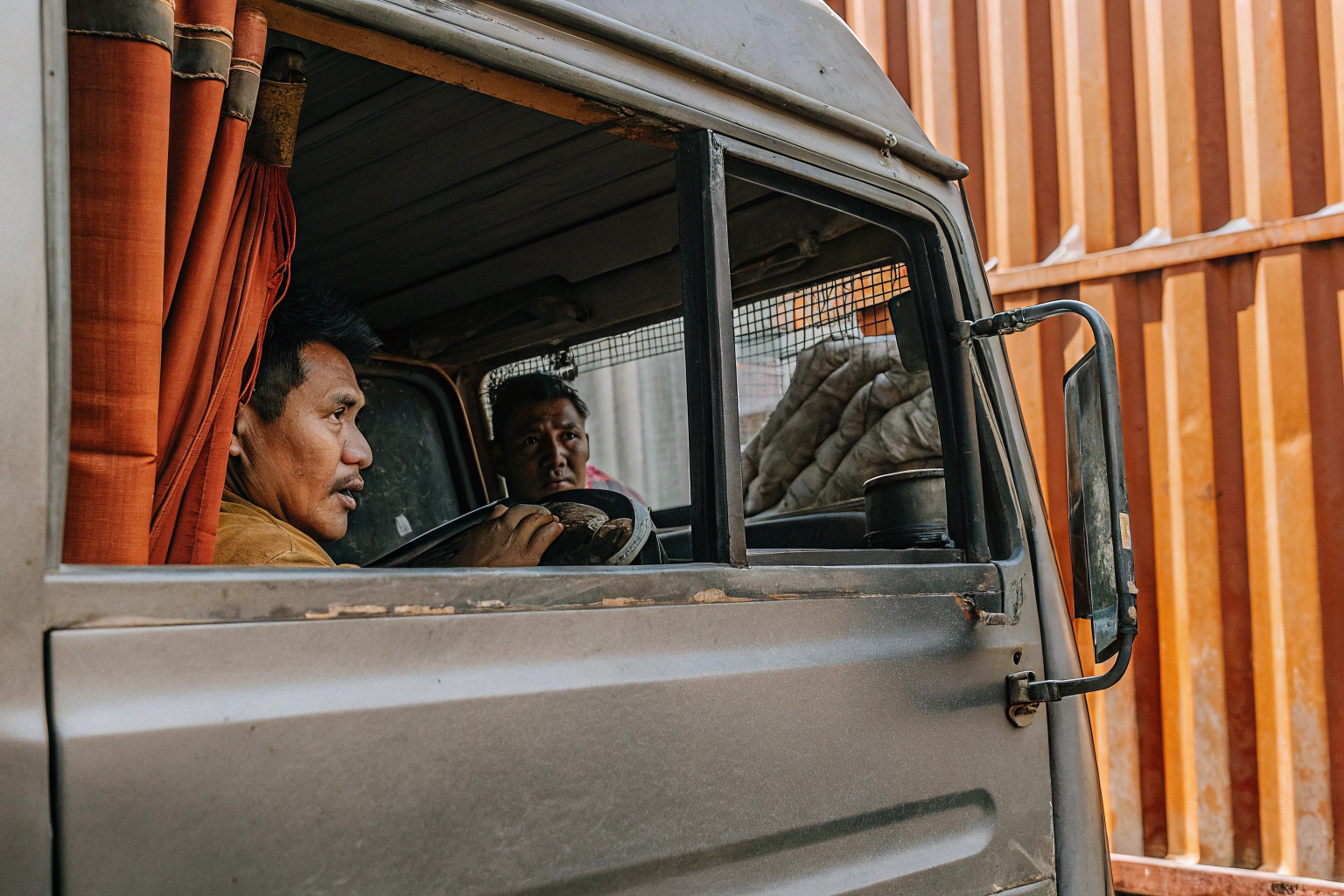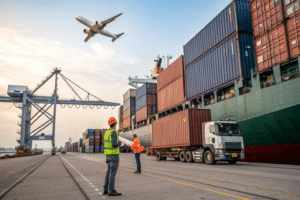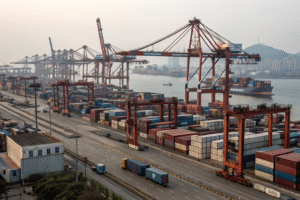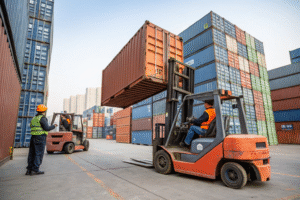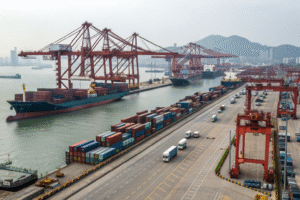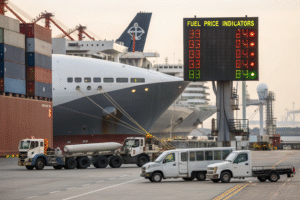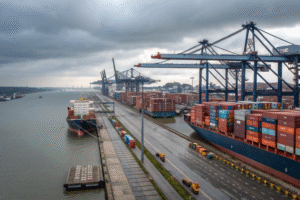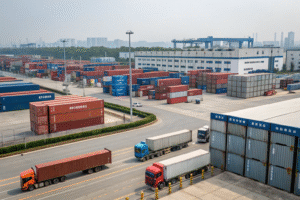Exporting to Laos in 2025 comes with one key challenge—high import duties, which can reach 20–40% for many categories of goods. For exporters shipping garments, electronics, accessories, or FMCGs, these costs can severely impact profitability.
In this article, we’ll explore smart logistics solutions that help exporters lower their landed costs and maintain smooth operations despite high Lao tariffs.
If you’re planning to grow your Laos-bound shipments, keep reading. We'll explain how to use bonded warehouses, cross-border rail, DDP solutions, and proper document handling to stay competitive in this high-duty market.
What Makes Duties So High in Laos?
Unlike some ASEAN countries, Laos imposes relatively high import duties to protect its small domestic manufacturing base. For non-preferential goods, tariffs may range from:
- 20–30% on garments and fashion accessories
- 25–40% on electronics and gadgets
- 15–25% on promotional items and plastics
Duties are calculated on CIF value and collected at land checkpoints like Boten, Thanaleng, and Vientiane ICD.
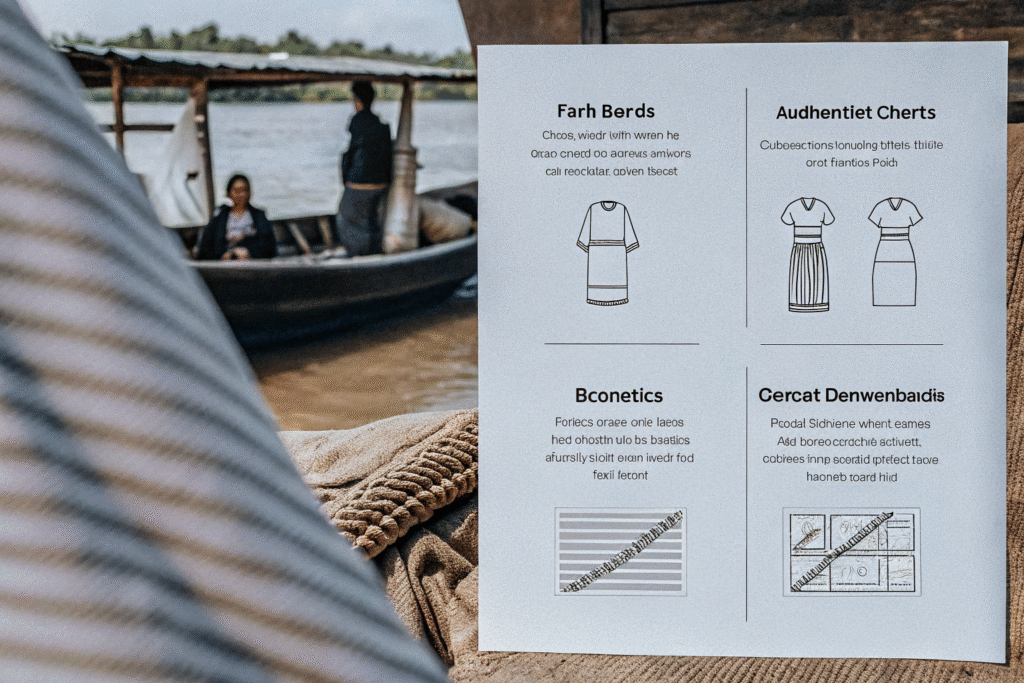
Which Goods Are Most Affected?
Laos applies high duties on:
- Apparel (HS 61/62)
- Small consumer electronics (HS 85)
- Plastics & packaging items (HS 39)
- Promotional merchandise (HS 95)
Check the ASEAN Harmonized Tariff Nomenclature or request a ruling from Lao Customs for specific HS codes.
Are Any Categories Less Affected?
Raw materials, industrial machinery, and re-exported items face lower duty rates (5–10%), and some are duty-free under ASEAN-China trade agreements. Exporters may benefit from tariff exemption if using Lao SEZs (Special Economic Zones).
How Can Bonded Warehousing Reduce Duty Exposure?
Bonded warehousing lets exporters defer or reduce duty by keeping goods in customs-controlled facilities until they’re sold or re-exported. Laos offers bonded zones in Thanaleng, Savannakhet, and near Boten.
Bonded storage avoids upfront tax payments and supports flexible import strategies in Laos.
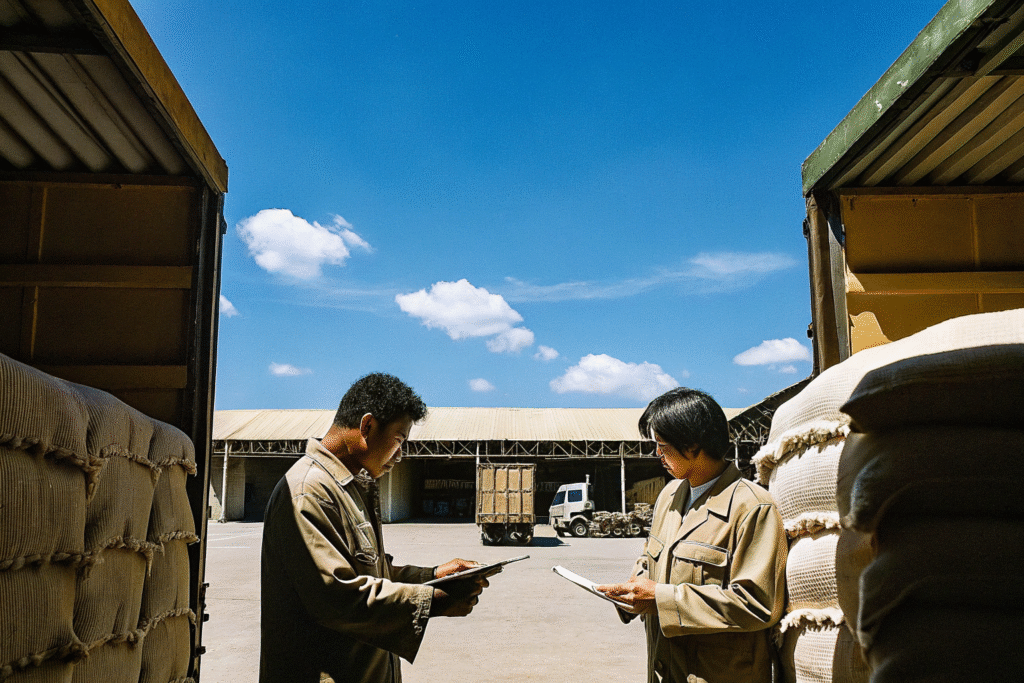
When Should You Use Bonded Facilities?
Use bonded zones when:
- You plan to store goods in Laos before delivery
- You are unsure of final buyer timing
- You intend to re-export to Thailand, Vietnam, or Cambodia
By using bonded space, you only pay duty on goods cleared for domestic consumption.
How Does GeeseCargo Help?
We assist in:
- Booking bonded warehouse slots
- Handling documentation and customs inspection
- Arranging deferred tax clearance and relabeling before exit
This allows you to maintain control while staying compliant and reducing cash flow burdens.
What Are Cross-Border Shipping Alternatives?
Cross-border logistics from China to Laos offer multiple options. Using the right route, mode, and documentation can significantly lower duty-related issues.
Multi-modal shipping via bonded rail and truck corridors reduces delays and provides more transparent customs control.
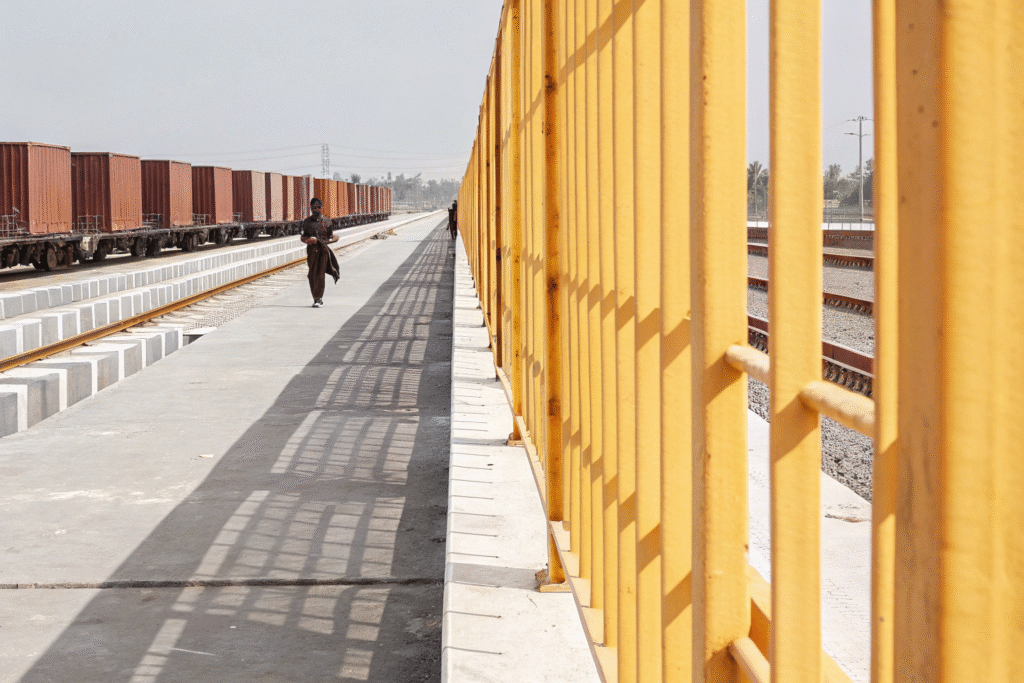
What’s the Best Route from China to Laos?
From manufacturing hubs like Guangzhou or Kunming, goods are typically shipped to:
- Boten–Mohan Border via China–Laos Railway
- Then to Vientiane ICD via bonded rail
- Or trucked to Savannakhet SEZ via Mukdahan (Thailand)
Using these routes ensures goods move under customs seal and qualify for duty deferral or zone exemptions.
Is Rail Faster Than Trucking?
Rail is more predictable and cost-effective for containerized shipments, offering 2–4 day transit times. Trucking offers last-mile flexibility, especially for mixed cargo.
At GeeseCargo, we customize routes based on urgency, weight, and HS code exposure to local duty.
How Can DDP and Proper Invoicing Lower Duty Risk?
DDP (Delivered Duty Paid) lets sellers offer their Lao buyers a clear, all-inclusive landed cost, including the 40% import tax. But success depends on accurate paperwork and tax planning.
Proper DDP execution and accurate commercial invoicing protect you from clearance delays, valuation disputes, or post-entry reclassification.

What Invoice Elements Matter Most?
Your invoice must include:
- Product descriptions
- Unit value (preferably FOB)
- Country of origin
- Clear freight and insurance lines
- Matching HS codes
Incorrect or vague invoices can lead to revaluation and over-taxation.
How Do We Support Exporters?
At GeeseCargo, we:
- Offer full DDP quotes including all Lao duties
- Structure compliant invoices with non-dutiable costs clearly excluded
- Coordinate advance rulings with customs if product classification is unclear
This ensures fast, smooth clearance at all Lao entry points.
Conclusion
Laos may have high import duties—but with bonded zones, cross-border rail, DDP shipping, and proper documentation, exporters can reduce risk, improve cost control, and ensure timely delivery.
At GeeseCargo, we help global brands reimagine how to deliver into Laos under changing regulations. From bonded warehousing to DDP execution, we offer full-scope support. Contact Ben Zhu at benzhu@geesecargo.com for a personalized logistics plan that works for your product category and duty exposure in 2025.
